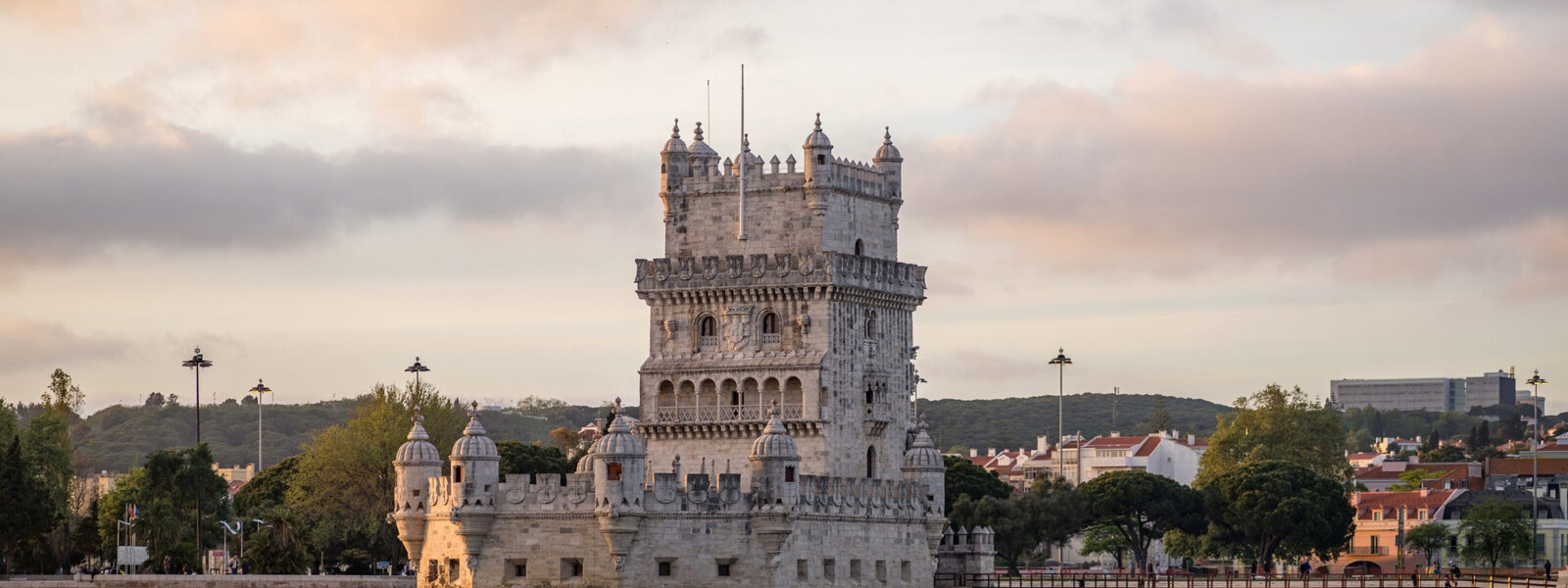Europe is a continent rich in history and culture. Every city and country is home to iconic monuments that bear witness to their past and heritage. In this article, we will look at five of these monuments that have marked the history of Europe. From the Colosseum in Rome to the Belém Tower in Lisbon, the Alhambra in Granada, Prague, and Florence, we will travel through the centuries to discover the architectural wonders of Europe.
The Colosseum in Rome: Travel back in time to the time of the Roman Empire
The Colosseum is the largest Roman amphitheater ever built and is one of the most iconic monuments in the world. It was built in the 1st century AD. and can accommodate up to 80,000 spectators. Roman games included gladiatorial fights, animal hunts, public executions, and battle re-enactments.
As you stroll around the Colosseum, you can imagine the cheers of the crowd, the shouts of gladiators and the roar of wild beasts. You can also visit the underground rooms where the beasts were kept before being launched into the arena.
Prague: Discover a medieval city with a hundred bell towers
Prague is one of the most beautiful cities in Europe and is often nicknamed the city of a hundred spires. Its historic center is now a UNESCO World Heritage Site, where romanticism and medieval architecture have been preserved.
The town is also known for its hilltop castle, home to St. Vitus Cathedral. You can stroll through the cobbled streets of the old town, visit the famous Charles Bridge, and admire the view of the city from the castle hill.
The Alhambra: Immerse yourself in the history of Andalusia
The Alhambra is an emblematic fortified complex that testifies to the Muslim presence in Spain from the 8th to the 15th century. It is one of the most visited monuments in Spain and has inspired many artists from all over the world.
The Alhambra is located on a hill in Granada and offers spectacular views of the city and surrounding mountains. You can admire the gardens and fountains, palaces and bathrooms, and the richness of Islamic art.
Florence: Immerse yourself in the Italian Renaissance
The city of Florence is the cradle of the Italian Renaissance and was inscribed on the UNESCO World Heritage List in 1982 for its many monuments built during the reign of the Medici. Guests can visit the famous Uffizi Gallery, which houses works of art by Leonardo da Vinci, Raphael, Botticelli and Michelangelo.
You can also visit the Cathedral of Santa Maria del Fiore, which is famous for its red brick dome, and Palazzo Vecchio, which has been the center of Florence’s political power for centuries.
Belém Tower: Discover Lisbon’s maritime heritage
The Tower of Belém is one of Lisbon’s most iconic monuments and stands close to the Jerónimos Monastery. It was built in the 16th century to protect the city from maritime attacks.
The Belém Tower is an example of Portuguese Renaissance architecture and has been inscribed on the UNESCO World Heritage List since 1983. You can climb to the top of the tower for spectacular views of the Tagus River and the city of Lisbon.


You must be logged in to post a comment.